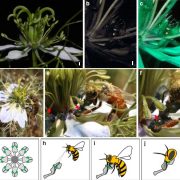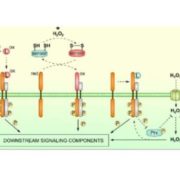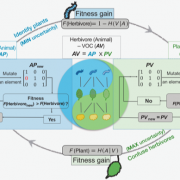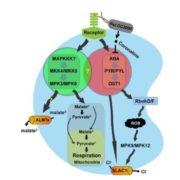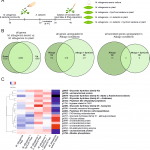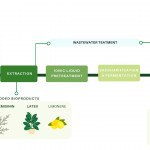Rhizosphere microbiome protects plants from a pathogen via iron competition (Nature Microbiol)
Iron is an essential element for most living organisms, including plant-associated bacteria. As iron is insoluble in most soils, many soil-borne bacteria scavenge iron using siderophores, a chemically diverse group of secondary metabolites with a high affinity for iron. Siderophores are known to drive inter-species interactions of bacteria through competition for iron. To explore the potential of siderophores produced by the rhizosphere microbiota to prevent the growth of plant pathogens, Gu et al. investigated siderophores of >2000 bacterial strains isolated from tomato plants grown in various natural sites, all infected by the soil-born pathogen Ralstonia solanacearum. They also characterized the microbiota structures of these plants. Siderophores of different bacterial isolates showed a wide range of impact (from inhibitory to promotive) on the growth of R. solanacearum in vitro. Rhizosphere microbiome analysis showed that siderophore-mediated interactions correlate with species co-occurrence in the field; the trend was especially pronounced in samples from iron-limited environments. Furthermore, they showed that bacterial isolates producing inhibitory siderophores tend to inhibit pathogen growth in planta and protect plants from disease. By combining global microbiome profiling and high-throughput strain-wise phenotyping, this study unravels the diversified effects of siderophores produced by microbiota members on pathogen growth in plants, paving the way towards microbiome-mediated plant disease prevention. (Summary by Tatsuya Nobori @nobolly) Nature Microbiology 10.1038/s41564-020-0719-8




